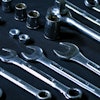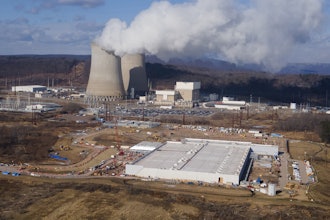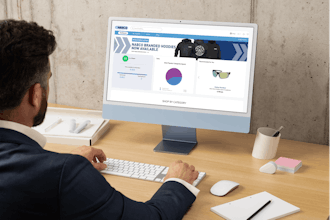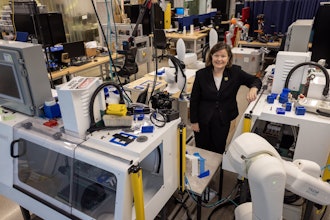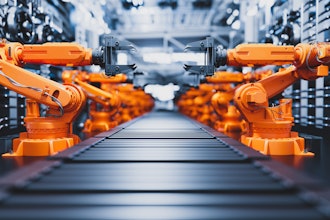The ongoing evolution of enhanced ERP and workflow technologies has helped distributors better fulfill some of their basic needs; most notably allowing them closely manage each and every step of the distribution process.
A good technological solution can make a significant impact on business operations. A great technological solution can transform the way a company does business.
This has never been a more important fact than it is today, where efforts to achieve greater efficiency, cut costs, and become more competitive are becoming increasingly difficult and complex. For industrial distributors, these tasks must be accomplished all while serving the ever-changing and ever-growing demands from its customer base.
However, luckily for these distributors, the ongoing evolution of enhanced ERP and workflow technologies has helped them better fulfill some of their basic needs; most notably allowing them to closely manage each and every step of the distribution process. These are also helping distributors to better manage warehouse workflow, automate purchasing, streamline work process, and improve inventory management.
“I think what we are seeing is the movement from ERP users to mobile-based business users,” says Andy Berry, VP and GM of Distribution for Infor, a provider of enterprising software solutions for customer relationship management, supply chain management, and enterprise asset management. “They get the same content, but they get it in a different way; a more tailored way that’s more specific to them.”
According to Berry, recent advancements in technology have given distributors more control over what market solutions can do for their companies than ever before.
“It’s probably the first time the business leaders in this country have had the chance to push solutions they want and see value in without the constraints of having to work through an IT organization to get it done,” he says.
Providers like Infor create these market solutions, but they are simply generic offerings without the features tailored to fit the needs of a particular industry. It is up to each industry to adopt these tools, make them specific, and tie together the different buying groups in distribution and the different manufacturers.
Infor works closely with its customers to accomplish these tasks. One of the company’s customers recently sought to automate its sales team by providing it with real-time information straight from the company’s ERP, presented in an easy-to-read fashion. Now when the salesperson goes out in the field, he or she has all the intelligence regarding company sales accounts. He or she can see their buying patterns, histories, what similar customers are buying, etc, all specific to that customer.
“It’s really extending the core ERP data and the different means to the salesperson,” says Berry. “It’s not there to replace a CRM, and it’s not really there to be a CRM. It provides very similar data, but more from a transactional perspective than a sales process perspective.”
Being able leverage technology to interact effectively with a business workforce is a critical goal for all distributors. However, some companies are taking things a step further and trying to have their workforce better interact with processes. Mobility in the workplace has certainly had a lot to do with this growing trend.
“A lot of our customers have adopted iPads or tablet devices for other reasons, but they provide a bigger footprint where you can drive processes,” says Berry. “On a mobile device you can say ‘yes’ or ‘no and do some activity-based process loads. But on the tablet it just gives you more room to do it.”
Furthermore, activity alerts now allow for salespeople and other company employees to know when orders are being placed, what the orders are for, and who made the order, at any given moment. This allows for them to react accordingly to any situation.
“That’s something new, and it’s typically been a constraint an ERP system,” Berry adds.
According to Berry, enhanced ERP and workflow technologies has dramatically altered the way some companies conduct business, as they have learned how to use it to drive productivity and efficiency. Employees are no longer bound by the 8 a.m.-5 p.m. work hours of yesteryear, and they are finding that the technology can be adapted to fit their individual business needs in the areas of warehouse workflow, purchasing, sales, inventory management, and much, much more.


